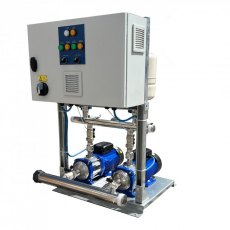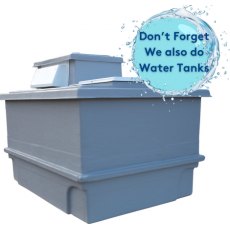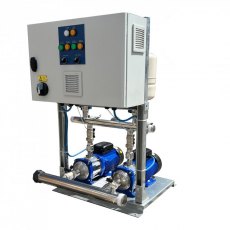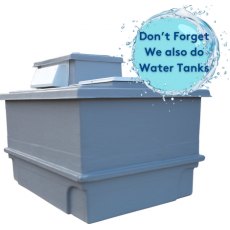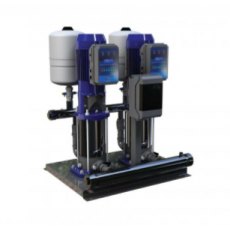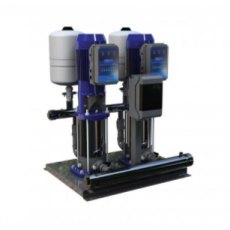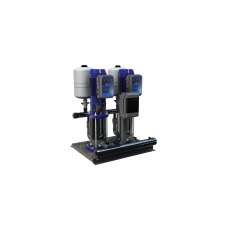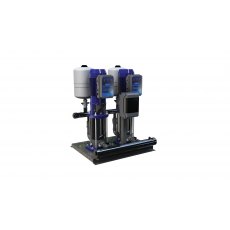Twin Booster Sets FAQs
What is the difference between water flow and water pressure?
There are differences between water pressure and water flow. Water flow is the volume of water delivered and is measured in litres per minute. Water pressure is the force or speed the water is delivered. Both are affected by the size and condition of the pipe work the water is flowing through.
What is water pressure and what causes it?
Water pressure is the force water that is pushed through water pipes into premises. This pressure determines how quickly water flows from your taps, shower heads and appliances such as washing machines and dishwashers.
If the water pressure in your household pipes are low, then water will flow slowly out of your taps or shower, taking it longer to fill up a sink, bath or shower. This is especially true for an upstairs bathroom (after all, the water may need to travel upwards against gravity to get to the source)
Water pressure is measured in bar or psi (pounds per square inch). One bar of water pressure is needed to raise water 10 metres high, so the higher the water must travel, the lower the water pressure will be.
Gravity creates pressure naturally, so when your water comes to you, it is already pressurized. In some cases, booster stations help to maintain the pressure throughout the water lines. If your water comes from a private well, then your water is pressurized through a tank that maintains a range of pressure
I have poor water pressure in my house, what do I do?
Due to regulation, you cannot pump directly onto a mains water line for the whole property, without storing water and creating an overflow. To achieve this we supply the boosters systems with break tanks, as they are commonly known, to compliantly store the water to act as a reservoir and which the pump draws from.
Why do i have low or no water pressure?
If you use lots of appliances at the same time you water pressure will reduce, such as dishwashers and washing machines. If you have an older property, you may find your water pipe is smaller than those used in modern houses. Smaller pipes supply less water and can reduce pressure and flow.
When water pressure in your house is low, it is most likely the water pressure coming into your house is lower than the property requires. However, if you notice that the low pressure is only to just one or a few appliances then it could be an issue with that fixture, or a pipe that runs into your property.
The amount of water pressure in your home may vary depending on the time of the day and the ground level of your property. Check that the water meter valve and the main shut off valve are fully opened.
However, while these factors play a part, your water authority is required to supply a minimum of 0.7 bar of pressure. If the mains pressure into your property is consistently low, you may need to fit a booster pump to your plumbing system.
To see our full range of booster pump sets, please click - Booster Pump Sets
Can I boost mains water pressure?
It is possible to boost mains water pressure. To do this a booster pump can be fitted to the mains cold water supply. In compliance with water fitting regulations, this is up to 12 litres per minute. Generally, a mains booster pump can improve the performance of all the water appliances and fixtures in your home.
What's meant by a 'Booster Pump Set'?
There are two reasons why water may need to be boosted: (1) to give a better flow and pressure at the draw-off point in a domestic situation, or (2) as a method of raising the water supply in high-rise buildings above the height that the mains will supply.
A booster pump set, helps to get to optimum pressure within the current system, so you should get constant water pressure whether you are downstairs in the kitchen or up on the 3rd floor having a shower.
‘Packaged’ pumping sets or Booster Sets are installed consisting of dual pumps (unless single pump is selected, then this would only be one pump) to overcome the problem of failure of (or the need to renew) one of the pumps. The second pump also assists at times of high demand on the system, cutting in as necessary. To prevent pump seizure and stagnation of water, the pumps should be designed to work alternately. Two types of system will be found: those using pressure-sensing devices and those using float switches.
What size cold water break tank do i need to help boost water pressure?
Break tanks are used to help boost pressure within a water system, where the current water pressure is not strong enough to supply the requirements of the building. Typically, break tanks are fitted with an air gap between the inlet and maximum water level to prevent backflow into the mains water supply.
To determine the size of the break tank required, there are a few things to consider.
Occupancy of the building
This is a big factor, as you need to understand how much water is required within the property. For example a hotel requires more water storage per bed space than a hostel.
Below are some examples of recommended minimum storage levels for each type of premises.
Hotel - 200 Litres per bed space
Office without Canteen - 40 Litres per employee
Office with Canteen - 45 Litres per employee
Restaurant - 7 litres per meal
Primary School - 15 litres per pupil
Secondary School - 20 Litres per pupil
Nursing Home - 120 Litres per bed space
(Source: BS EN 806 Part 2)
Please consider when using this calculation, the peak occupancy of the building.
When sizing for a domestic building, a rough guide of 90 litres per bed space should be sufficient, however high-end properties may require additional storage.
Another consideration would be the expected peak flow of the premises. This is calculated when sizing a booster set. In determining the peak flow rate, we must consider how much water storage must be provided to facilitate this flow rate.
Tanks Direct recommend that a minimum of 15 minutes' storage, according to the peak flow rate of the booster set, should be provided in a booster set break tank within a commercial installation. For example, a booster set with a peak design flow rate of 1.1 litres/second, or 66 litres/minute, requires a break tank with a capacity of at least 990 litres.
Other factors such as the tank inlet flow rate and the usage patterns of the building should also be taken into account - buildings with a poor rate of mains water supply will require greater storage. This will also be influenced by the siting of the break tank - a tank on the ground floor of a building will fill at a higher rate than a tank on an upper floor or in the roof space. Siting a tank in the roof space of a building is likely to necessitate a larger storage volume.
What size pump and tank do I need?
For this, we would require a breakdown of the cold water outlet for the whole property, i.e. 2 W/C’s, 4 Wash hand basins and a shower. Once we have calculated the building water demand, we can then specify the right storage tank, this is an industry standard of a capacity to cope with a 10-minute run time at full demand, most 3-4 bedroom properties for example work out at around 250L.
For most single property installation, pressure isn’t a huge concern, as low head booster systems that run up to 3 bar will produce more than sufficient pressure for a 2-story property.
Do I need a single or twin pump system?
This depends on a couple of factors, the demand of the building if you want it sharing across 2 pumps, but also the importance of the water supply, for example, manufacturing facilities who need wash down cannot afford the downtime of a single pump etc. With a twin pump system, you can share the duty across 2 pumps, which both pumps would run at 50% of total duty, or on duty standby, where each pump would be capable of 100% of total duty.
I have limited space to install the system in my property, what do I do?
This is a common issue, which is why we offer a compact solution as the Flyvar Booster system which is a compact system where the pump(s) are in the tank to save space, these can also be installed externally with the addition of an inverter housing cover, to protect it from the elements.
I’m not sure what I need, or if it can fit, can somebody come and measure it up?
This is a service we can carry out, however with the use of modern technically, we only require the standard set of information, and then just basic measurements of the space it is going into, widths of doors and room space etc, all of this we can now do with the use of online video calls and pictures.
The systems are described as plug and play, do I still need it commissioning?
Commissioning would be recommended. These are specialist systems and without a commissioning visit, there is no peace of mind with the end user that the warranty as not been affected due to incorrect installation. Incorrect operation is easily done if the system is not correctly commissioning, so this is a service we offer ourselves, so there is a clear line of liability if something was to go wrong with the set, this protects everyone.
What type of water pump is right for me?
Choosing the right water pump for your needs is essential for effective water maintenance. We stock a wide range of water pumps, so first you need to determine the type of water pump you need.
Wastewater or sewage pumps move wastewater from one part of a system to another. We offer a range of wastewater pumps in different capacities and configurations and come with a variety of features.
If you live in an area with low water pressure, our booster pump sets can increase the water pressure in your home or office.
Chemical pumps are designed to move fluids containing hazardous chemicals without risking exposure or damage to the pump or surrounding equipment.
Pressurised pumps are used to transfer fluids that require pressurisation.
Made from a composite material of glass reinforced polyester, GRP pump enclosures are highly durable and offer excellent protection from the elements.
Submersible pumps are a type of water pump that can be submerged underwater to pump out water. This type of pump is typically used in flooded areas or to pump out water from ponds, wells, or other water sources.
Swimming pool and garden pumps circulate water in a swimming pool or pond. The pumps work by creating suction to draw water from the pool or pond, and then using an impeller to push the water through a filter.
Our flood kits have what you need in the event of a flood.
On my Water Pump it mentions about head height. What is this and how do I work out what I require?
Head is the height in which the pump is lifting the waste, measured from cover level of the pump station, to the cover level of the discharge manhole. With this measurement we can ensure we supply a pump powerful enough to lift the waste up that high. We will need to know this and also the distance that it is pumping to make sure the pump quoted is suitable.
What is the best water pump for flooding?
Submersible pumps are very good at dealing with groundwater flooding and rainfall. Designed to operate underwater, they work by using electric motors to draw water from flooded areas and divert it away from buildings and other areas that need to remain dry. Submersible pumps are commonly used to drain water from flooded basements and other areas that are prone to flooding.
We stock a wide range of submersible pumps, that are easy to install and maintain. They can be connected to pipes and other water control systems, allowing for quick and easy water removal in the event of flooding. They are designed to operate in a wide range of temperatures and conditions and are typically constructed from corrosion-resistant materials that can withstand long periods of exposure to water. Our submersible pumps are often equipped with protective measures, such as float switches and check valves, to prevent any damage to the motor or pump should the water start to rise too quickly.
Also known as sump pumps, submersible pumps are a type of centrifugal pump that can be operated when fully submerged underwater. Sealed so the electrics are protected, our range of submersible pumps can be used for a variety of applications including puddle drainage, swimming pool pumps, pond and water feature pumps, and drainage pumps.
What are the main types of water pump available?
Here at Tanks Direct we have a huge selection of water pumps available.
Wastewater or sewage pumps are used to move wastewater, or water that contains solids and contaminants, from one place to another. They are commonly used in various industrial, commercial, and residential applications to move wastewater from a source to a sewage treatment plant or to another location entirely.
Booster pump sets are used to increase water pressure. Booster pumps work by taking in water at a low pressure and increasing it to a higher pressure with a centrifugal impeller. Booster pump sets are ideal for areas where the water pressure is too low to provide adequate water flow.
GRP pump enclosures are made from a composite material of glass reinforced polyester (GRP). Requiring little maintenance, GRP pump enclosures are highly durable and offer excellent protection from the elements and corrosion.
Submersible pumps are designed to operate while completely submerged in a fluid.
Swimming pool and garden pumps are used to circulate water in swimming pools, hot tubs, water features, and gardens. They keep the water free of debris and maintain the desired water temperature. The pump typically pulls water from the pool or garden and pushes it through a filtration system before returning it to the pool or garden.
Are there any disadvantages to using variable speed pumps?
1. Vibrations
Although running pumps below their maximum speed will tend to reduce overall system noise, altering the speed of a pump may result in structural resonances that would not occur at the pump's maximum speed. This may cause vibration which can be harmful to equipment and cause an increase in noise at certain frequencies. There are a number of products that help to alleviate these potential issues.
2. Higher initial cost
Because of the added complexity of an inverter drive, variable speed pumps and systems which include variable speed pumps will cost more initially than a fixed speed equivalent. However, this additional cost is invariably outweighed by the long-term energy cost saving.
When should variable speed pumps be used?
Variable speed pumps should be used in any installation where the pump duty is not constant. If a pump duty is constant a fixed speed pump may be the most cost-effective option. However, even in fixed duty applications there may be an advantage to running a pump below its maximum speed. A motor running at 80% of its maximum speed uses 48% less energy.
Why variable speed pumps?
When you consider all the pumping that occurs globally, whether in large industrial plants or in domestic heating systems, this accounts for almost 20% of the world's energy consumption. Because of this there is a huge opportunity in the pumping industry to make a significant contribution to using our energy resources efficiently. In pumping applications where the duty required is not constant, it is highly likely that installing a variable speed pump will result in significant energy savings - likely to be between 30% and 50% in many applications.
Other benefits of variable speed pumps include:
1. Improved reliability
Because variable speed pumps run at speeds below their maximum, there is a reduction in wear, particularly in mechanical seals.
2. Improved control
Variable speed pump controller can monitor small variations in pressure and make adjustments accordingly. This also means there is less liklihood of sudden changes in flow or pressure.
Do waste pumps need servicing and if so, how often should this be done?
Waste pumps and your wastewater system in general need regular servicing to keep it in working order. A general desludging of your system and a check of the components such as the sewage pump will keep the sewage treatment system in good working order for longer.
Generally, a good rule of thumb for servicing your sewage pump would be every 1 to 2 years or every time you empty your septic tank. It is a good idea to get it checked regularly to avoid a costly replacement further down the line.
When to choose a 65mm or 80mm vortex pump over a 50mm vortex pump
If you are concerned about the risk of blockages but also need a flow rate which macerator pumps can’t provide, or even if it’s purely just a faster flow rate you need, a larger 65mm or 80mm pump will be able to achieve this, calculating a specific flow rate to your application is difficult and would be best speaking to a member of our technical team to help specify the right pumps for your station.
Why choose a macerator pump over a vortex pump?
If you have an application where the risk of blockages that could enter the drain run is higher than usual, for example if the property is rented, tenants could unwillingly block the pump, this is also a problem if it is an apartment block as you wouldn’t be able to source who was responsible for blocking It, but everyone would need to pay their share to fix it.
Also, macerator pumps, because of how they cut through the waste, they can pump a much higher head (vertical distance), so when compared to vortex pumps, if you have anything over 10m, you will need to be selecting macerator pumps. Always check the pump flow curves for your application or you can call to speak to one of our technical team if you want to be sure the pumps will do the task at hand.
Automatic Pump - what does this mean?
An automatic pump is a pump that will automatically turn itself on and off as the liquid level rises and falls. These pumps are usually longer lasting as they do not burn out but switch off automatically if there is no liquid to pump therefore, they do not run dry.
Horizontal vs Vertical pumps
This depends on your existing pump and the type of installation you have or are planning on. The vertical Hippo 50 has a vertical port discharges via a 2” female port and the horizontal Hippo 50 discharges via a horizontal 2” female port but is also DN50 flanged
What is a Grinder Pump?
A grinder pump takes the wastewater from the holding tank, grinding any waste into a fine slurry and then pumps it into a sewage treatment plant. They can pump over much longer distances but at a slower rate because they are high pressure and low volume pumps.
To see our grinder pumps click - https://www.tanks-direct.co.uk/semisom-125-gr-automatic-submersible-grinder-pump/p5628
What is a submersible pump?
A submersible pump means that the pump needs to be submerged or covered in liquid specifically the type specified on the pump such as water, wastewater, sewage etc.
Do I need a macerator?
Macerator pumps are used only for heads higher than 10m and with a low flow rate when you have a discharge rate restriction imposed by the water authority who own the sewer you discharging into.
Is there an option to have an enclosure for my pump set?
If a booster or compact set is being housed externally, you will need an enclosure to protect the inverter from the elements so anything electronic needs to be protected by an enclosure of some sort, never leave the booster set to face the elements
How much space do I require around my pump?
You require at least 500mm above the break tank so you can service it and inspect it when required. Also, a booster just needs to be installed in a maintainable space so that the inverters can be reviewed if needed via clear walkways and facing into the room, not tucked away down the side of a plant room.

 Login
Login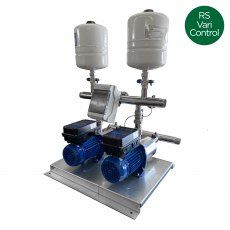
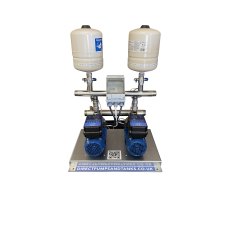

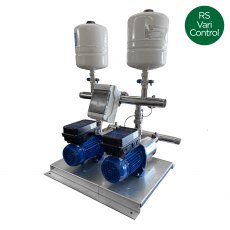

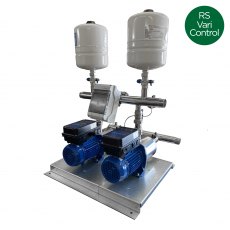
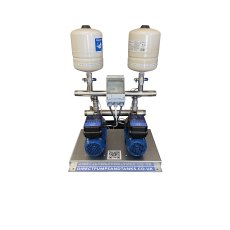
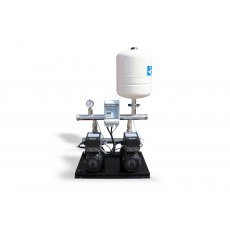
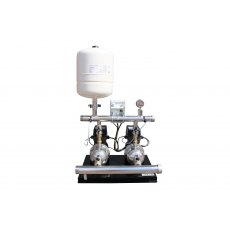

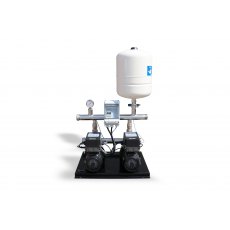

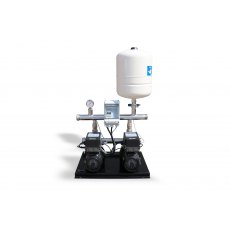
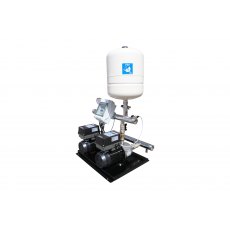
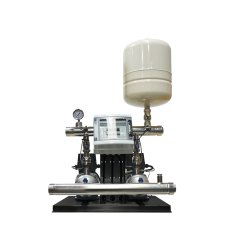

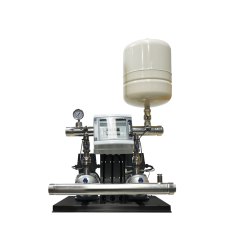
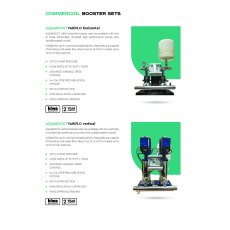
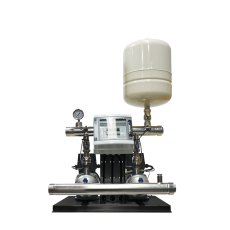

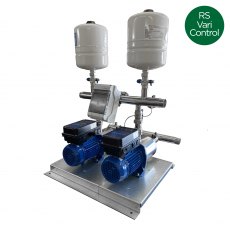
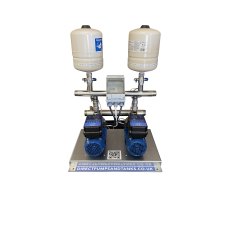
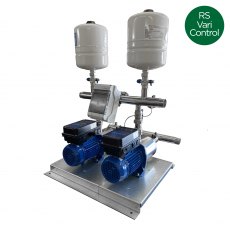
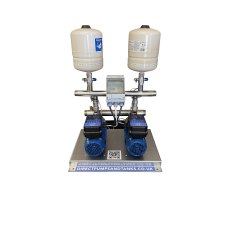
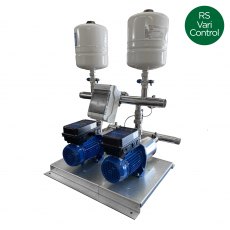
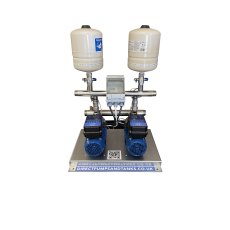
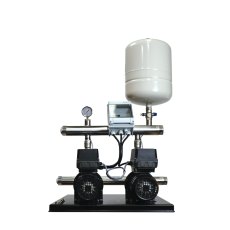

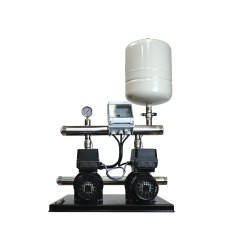
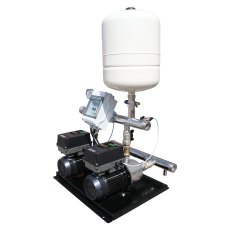

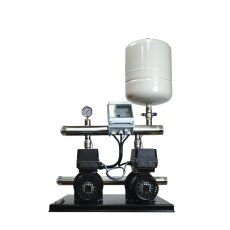
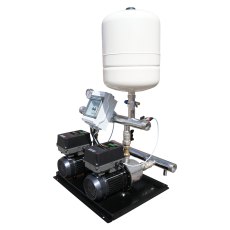
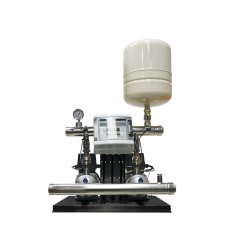

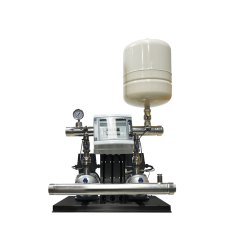

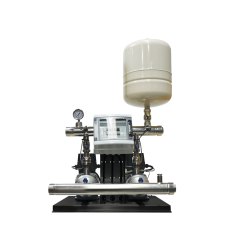

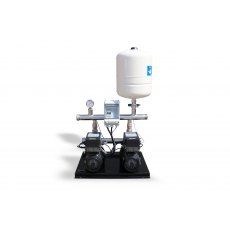
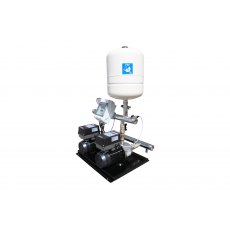
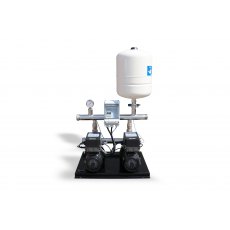
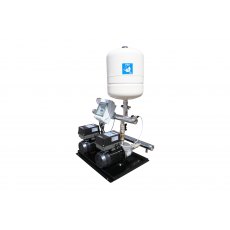
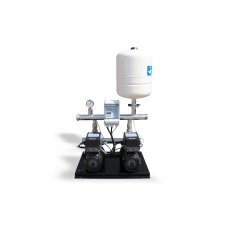
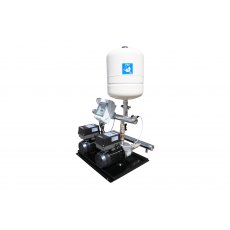
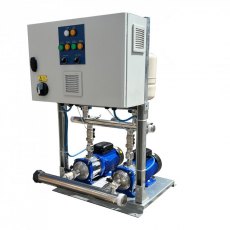
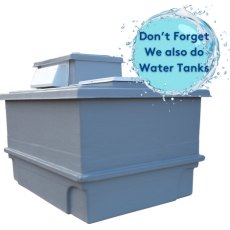

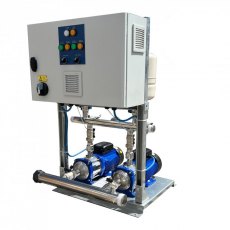
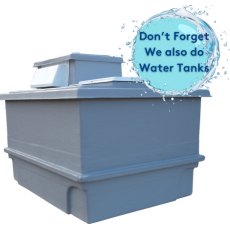
.png)
